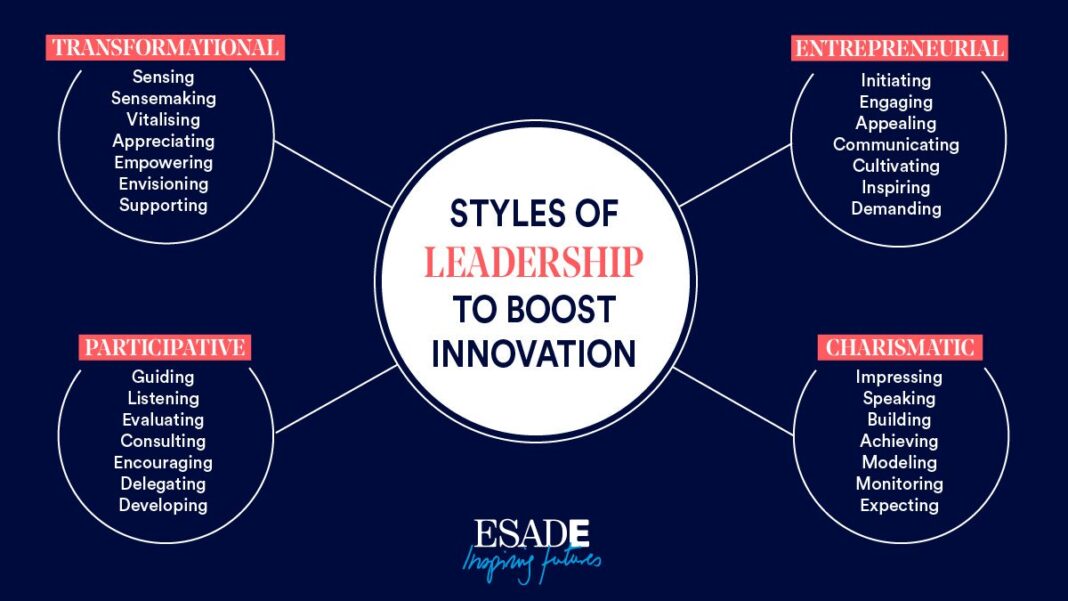Choosing how to lead a team is one of a manager’s most important decisions. Unfortunately, the wrong leadership style can create an unhappy work environment and high turnover. However, the best leadership styles will help you build a highly motivated, engaged team consistently producing its best work. Here are some of the most innovative leadership styles.
- Autocratic
Autocratic leadership can be effective in times of crisis, but it’s not a good long-term strategy for leading your organization. When you focus on making quick decisions and keeping communication lines clear, this style may work well for highly specialized tasks and teams that need to act fast. However, autocratic leaders don’t create the trust required to build high-performing teams or give employees autonomy over their work.
Autocratic leaders also tend to have high turnover rates because people don’t feel like they are being heard by management or given opportunities for career growth within the organization.
- Democratic/Participative/Collaborative
In this style, you are a team player. You listen to your team and make decisions together. This is good for creative thinking, innovation, employee retention, and engagement.
When collaborating with others in an open environment, everyone benefits from a collective effort toward solving problems and generating new ideas for improvement within the organization. This is popular for most businesses, like a civil engineering firm Jefferson City and local organizations.
- Laissez-faire
A laissez-faire leadership style is one in which leaders allow their employees freedom and autonomy to make decisions independently. The idea behind this leadership style is that only by letting go of the reins and letting your employees take the lead will you see them flourish and grow into great leaders themselves. In addition, this type of leader values trust over control, so they’re more interested in getting out of the way than trying to micromanage every little detail.
A laissez-faire leader might not have an iron grip on every detail of their company’s operations (or even have any interest in doing so). Still, what they lack in control, they make up for with communication skills and open dialogue between themselves and their teams. They recognize that everyone has different ways of approaching problems: some people like input when making decisions; others prefer silence while working independently; still, others will want feedback after making decisions to learn from their mistakes. It might seem strange at first but encouraging all these different perspectives makes perfect sense when considering how many different types there are!
- Transformational
This leadership style involves empowering employees, encouraging innovation, and creating a vision for the future. The transformational leader can motivate people, build trust, and create a shared vision. They are visionary leaders that can inspire others to achieve great things together.
Transformational leaders lead by example by having a clear vision of where they want their company or organization to go; this includes setting high standards and expectations for themselves and other people.
- Transactional
Transactional leadership is a style that focuses on getting things done and the bottom line. The leader may be more task-oriented than people-oriented and can be seen as an authority figure who expects employees to follow the rules without question. The focus is on individual performance rather than team collaboration or creativity, which means employee relationships tend to be more formal and distant.
Transactional leaders tend to get results quickly through their command of operations. Still, they can lack long-term vision or commitment to their employees’ development because they’re so focused on short-term goals.






